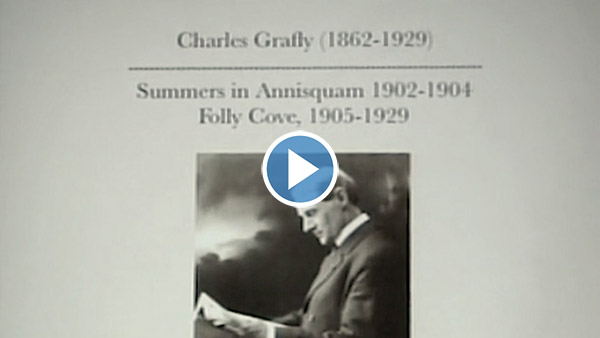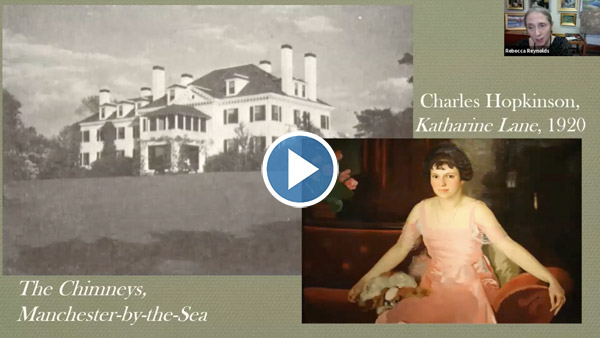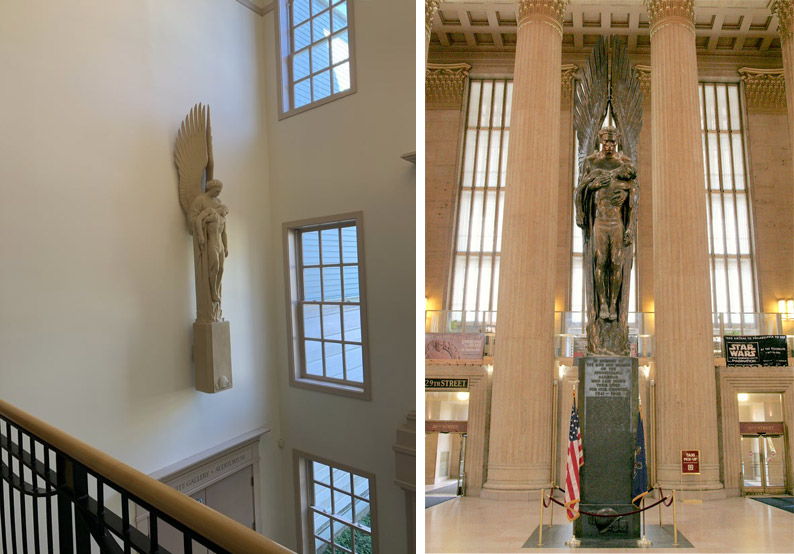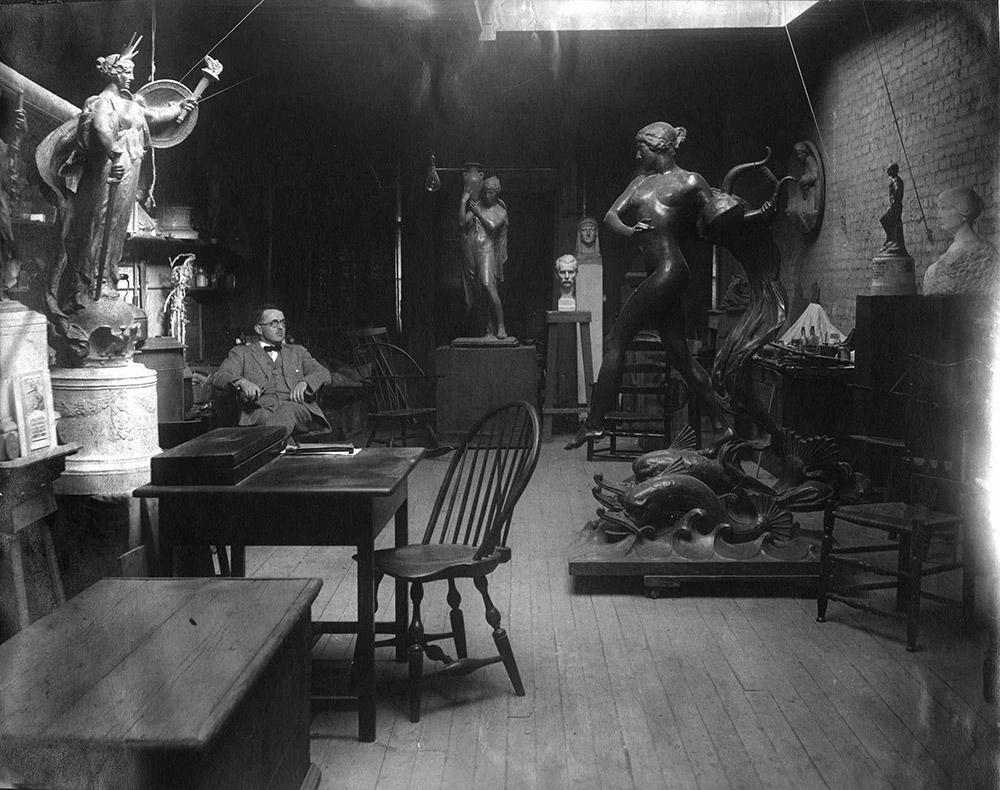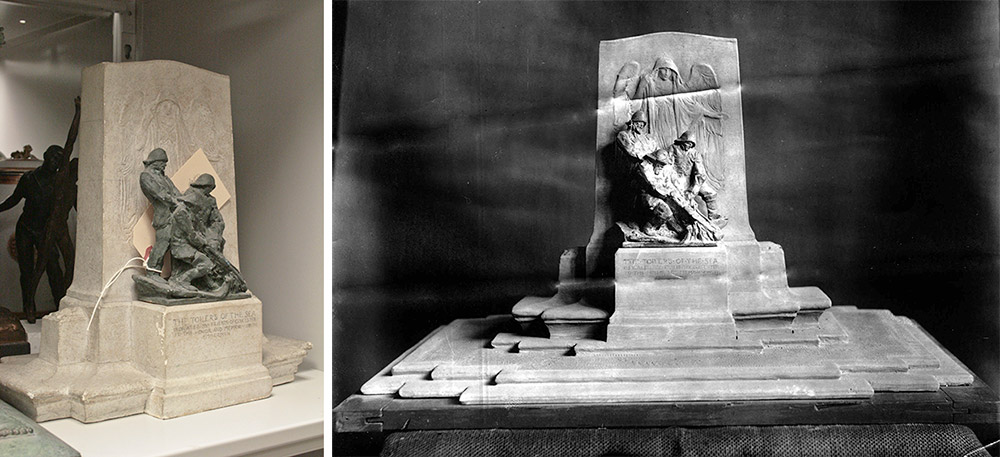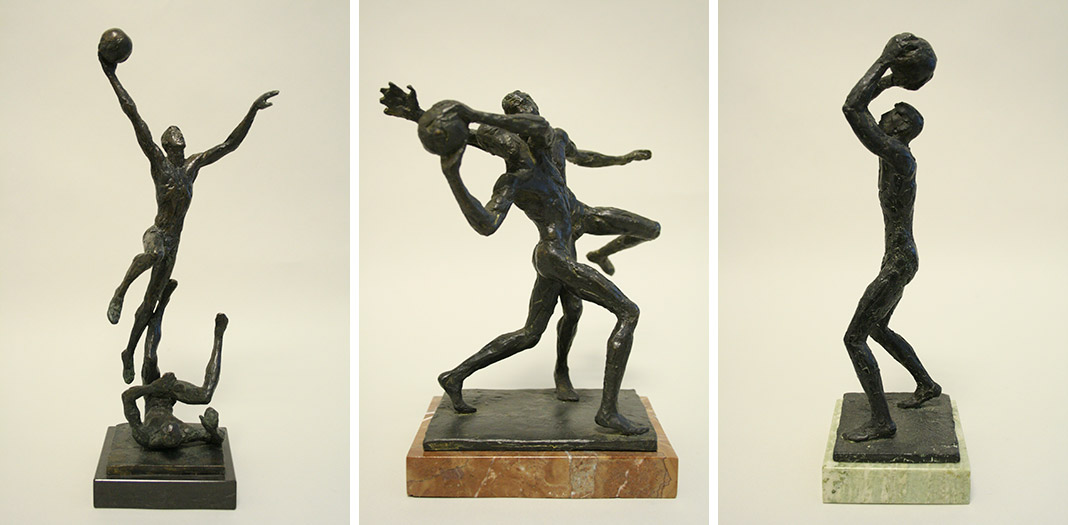
Walker Hancock (1901-1998), Left: Sky Hook, 1964, bronze. [Acc. #2576.37]; Center: Passing Off, 1963, bronze. [Acc. #2576.23]; Right: Foul Shot, 1963, bronze. [Acc. #2576.31]. Collection of the Cape Ann Museum, Gloucester, MA. Museum purchase, 1982, with funds provided by Evelyn Bartlett.

Dear Friends,
With spring fully upon us and summer just around the corner, we’re eagerly turning our attention to art outside. In this issue of CAM Connects, learn about sculptures in the Museum’s collection and take a stroll throughout Gloucester with CAM's digital map of local sculptures.
To learn more about CAM’s sculpture collection, please join us in the courtyard on 27 Pleasant Street on May 21 for our second hybrid lecture of the year, Conversations with Contemporary Sculptors. There are limited in-person tickets available to hear directly from Chris Williams and Ken Hruby about their sculptures on view. The lecture will also be live streamed for free on Vimeo and Facebook.
The Museum is also excited to announce an upcoming exhibition at the Janet & William Ellery James Center at CAM Green, Dorothy Kerper Monnelly, Brad Story, and the Great Marsh. On view from June 18 – July 30, 2021, Monnelly’s photographs and Story’s sculptures are both inspired by their surroundings here on the North Shore and in particular the Great Marsh.
We hope to see you both at CAM Green, and at our Pleasant Street campus, soon! Please reserve your timed entrance now.

Oliver Barker, Director

Left: Alice M. Curtis (1871-1961), Our Lady of Good Voyage, c. 1932. Center: Angelo Lualdi (1881-1979), Our Lady of Good Voyage, 1915, polychromed, wood, metal. Collection of the Cape Ann Museum, Gloucester, MA. Gift of the Parish of Our Lady of Good Voyage Church, 1984 [Acc. #2410]. Right: The statue, Our Lady of Good Voyage, is carried from the Portuguese vessel Gil Eannes in Gloucester, May 28, 1942.
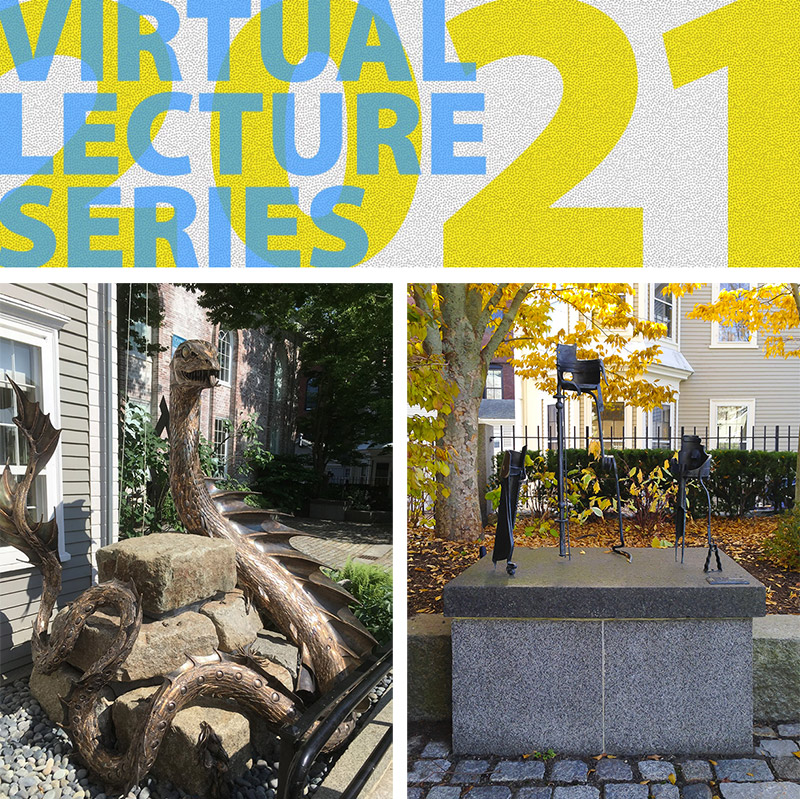
Left: Chris Williams, Sea Serpent, 2019 bronze, glass, granite. Collection of the Cape Ann Museum, Museum purchase, 2019, commissioned by the Cape Ann Museum in honor of Ronda Faloon, Director of the Museum from 2006-2019 [Acc. #2019.46]. Right: Ken Hruby, Uneasy Throne, 1986, steel with bronze patina. Gift of Ed Myskowski, in memory of Dorothy A. Brown, 2015 [Acc. # 2015.49]. Collection of the Cape Ann Museum Gloucester, MA.

